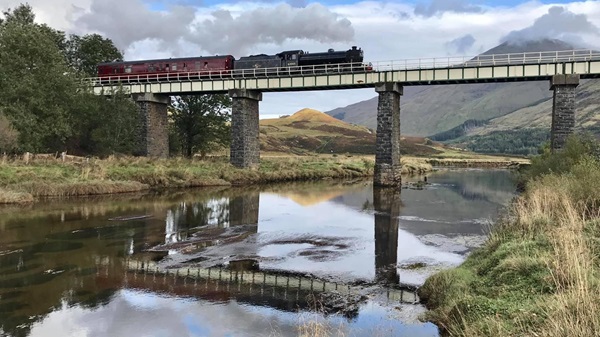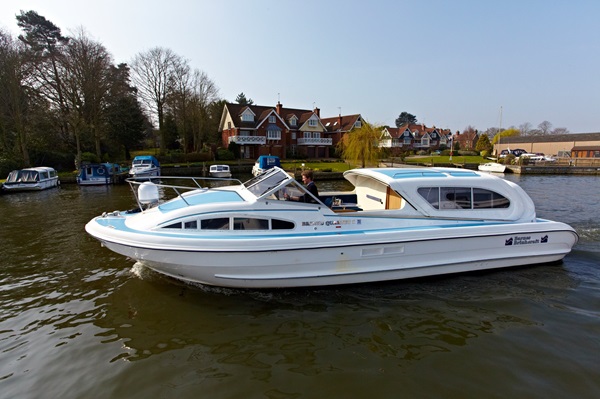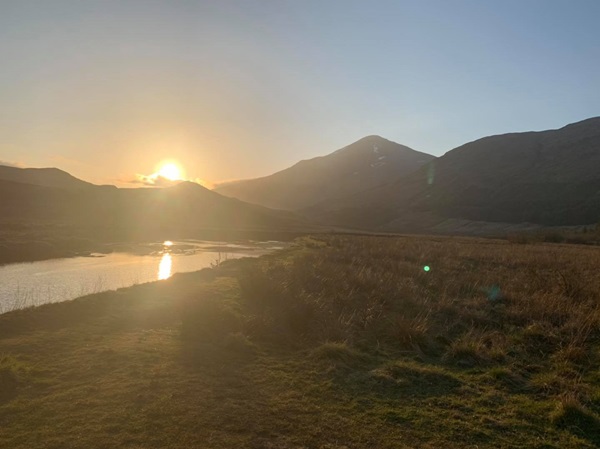Today our relationship with rivers is as distant as it’s ever been, with most reduced to ornaments or trivialities: Thousands of bridges easily span them, pleasure craft have replaced the coal barges and many of them have been tamed and channelled into canals or even funnelled into pipes and tucked underground.
But there are some places that are more connected with their rivers than others, and whose history and present has been shaped by them just as much as any forest or field, and we’re lucky to be able to count some of our hotels among them.

Best Western Plus Oaklands Hotel, Norwich
Of all Britain’s regions none has had a tougher relationship with water than East Anglia, which was a series of islands poking out of North Sea salt marshes only a few hundred years ago. Centuries of engineering has put the rivers safely back in their banks, and the people of Norfolk now enjoy a much friendlier relationship with their waterways, particularly the Best Western Plus Oaklands Hotel in Norwich. Located on the outskirts of town this hotel boasts views out over the River Yare from its sun terrace, where guests enjoy year-round meals created from fresh local produce straight from the on-site farm shop.
But the river isn’t just a vista for this hotel, it’s a working part of their everyday life.
“The stunning River Yare is just a five-minute walk away from us, and of course we’re surrounded by the Norfolk Broads, so it’s a big part of life for our hotel” said hotel Director Elly Montgomery. “Our guests take walks along it, and we have a group that walk regularly around the Yare and then join us for breakfast and coffee. We also have a group who canoe in Norwich every year, and they join us each time.”
If there’s anywhere that illustrates our changing relationship with rivers, it’s the Oaklands. Once a source of food as eel fishermen eked out a hardscrabble living among the marshes, then a transport network that carried coal in and carried out the region’s famous textiles, then a place for leisure and enjoyment as the landscape became our playground rather than our workplace.
“It's amazing if you have dogs too!” Ellie continues. She’s referring to the hotel dogs Ron & Reg, an unlikely pairing of a Rottweiler and a Chihuahua who enjoy a walk and a swim by the river bank. “Just along the road we have the River Green. The island is privately owned and they do boat trips around it. It's really lovely and we always advise our guests to take a stroll down there and enjoy the boats!”

Best Western Crianlarich Hotel, Stirlingshire
The Yare looks safely tamed amid the flat, agricultural Broads, but that’s not something you can say for the River Fillan hundreds of miles further north in Scotland’s Trossachs National Park. That’s part of its appeal of course, and standing just 50 yards away by the Best Western Crianlarich Hotel you feel every inch the fragile human, as we imagine local Highlanders in the area have felt for generations. You’re surrounded on all sides by thick, old woodlands and muscular mountain peaks line the horizon whichever way you look. It’s the sort of river you stare at in awe, and maybe do a little fishing in.
“Just two minutes’ walk from the hotel’s main entrance you can access the river Fillan, which is a tributary of the Tay river system. It’s a short stroll, but you can get views of the local Munros like Ben More. And, you can see the Victorian railway viaduct, which was built in 1894 as part of the West Highland Line which has been voted one of the most scenic railway journeys in the world.” – Andrea Paton, General Manager.
Steam trains still cross the narrow iron bridge over the river, filling the glen with smoke as they go, which just serves to make the modern world look even smaller and more insignificant in the face of the great ancient mountain in the background. If the Yare in Norfolk is an example of how our relationship with rivers has changed, then the Fillan in Stirlingshire is an example of how it hasn’t. We might build hotels and tracks on their banks, paddle there in the summer and fish in the winter, but some of Britain’s rivers will always be at their wild, untameable best.
